| Modern Pulp | Mar 14 2023 |


We suspect that Re-Animator is one of those movies many have heard of, but not many have seen. There's more than just gore and that infamous sequence where Crampton is molested by a decapitated head. There are also cross-currents of blind ambition, skewed medical ethics, middle-aged lust for the young, and parental love, as well as overarching questions about human consciousness. It's a movie about obsession, but on multiple levels. Of course, it's also a movie done on the cheap, which leads to a few amusing efx, but overall it transcends its limitations, and for horror fans it's an absolute must. Re-Animator premiered in the U.S. in 1985 and crept into Japan today in 1987.
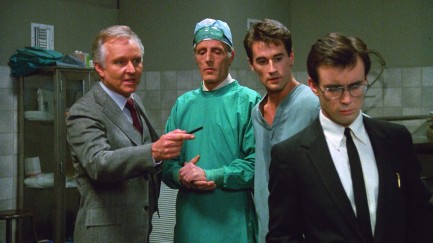

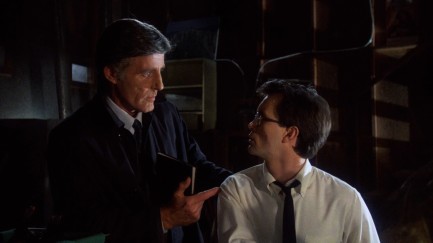

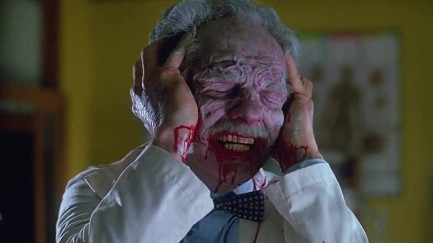

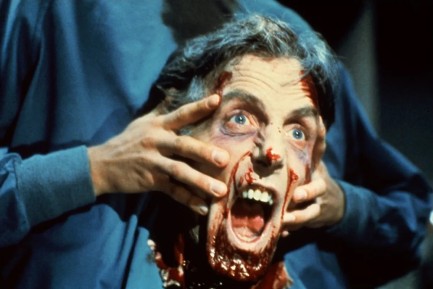
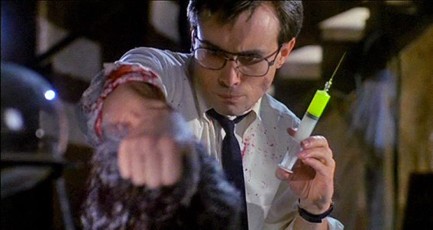
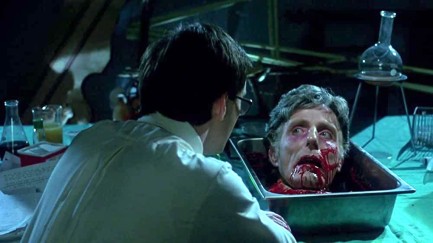
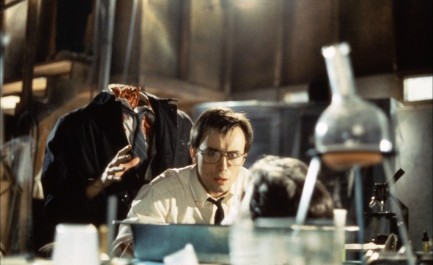
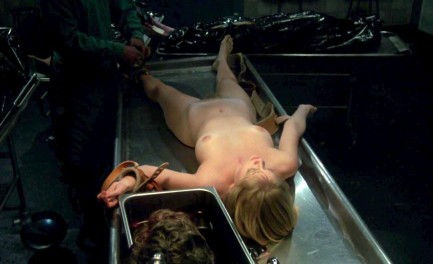
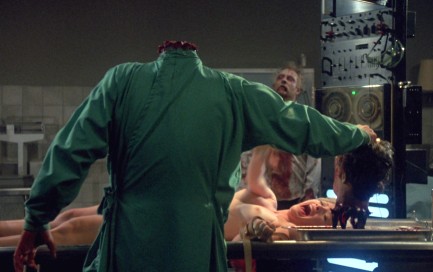

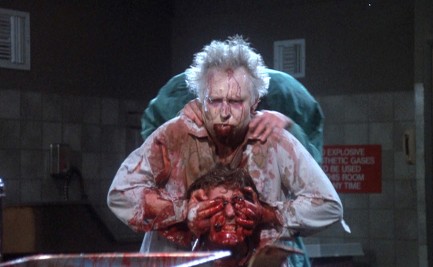
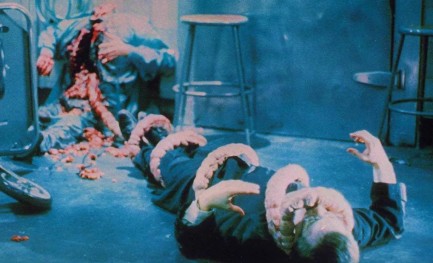
| Vintage Pulp | Jan 27 2022 |

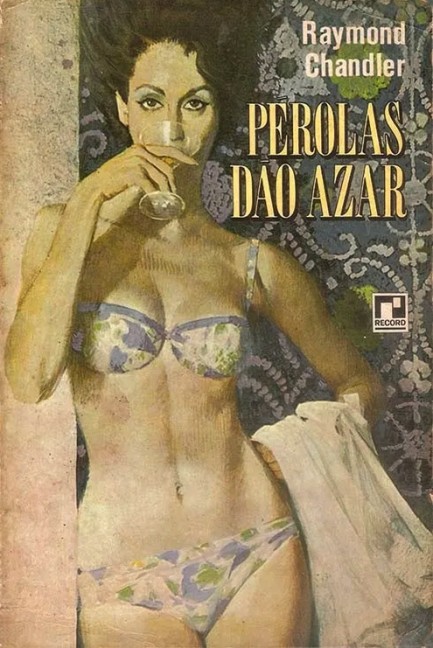
The cover art is by Robert McGinnis and was previously used on Shell Scott's 1971 novel Dig That Crazy Grave. Around then Record began spicing up some of its paperbacks with McGinnis art. We don't know if he was compensated for his work. We've talked about this issue before, but long story short, we just can't see an economic win for Record in buying McGinnis's art. In a country as big as Brazil some artist could have painted a nice cover—and cheaply. Probably more cheaply than licensing art from McGinnis. We don't know how it all worked, so we're not saying Record stole the art, but still, you have to wonder. Thanks for sending this over, Leonardo.
| Vintage Pulp | Jan 16 2020 |


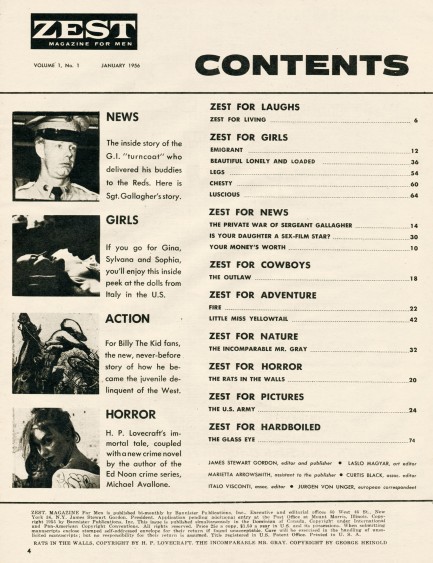
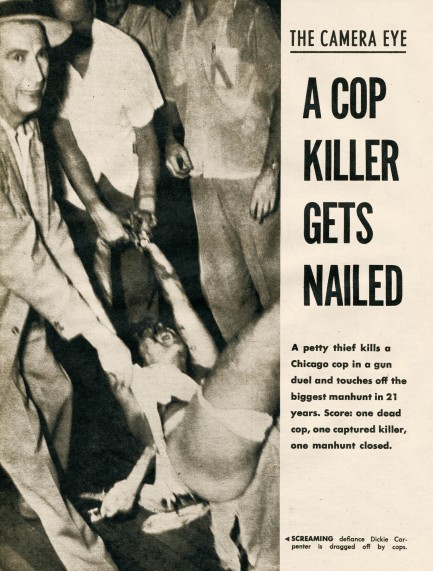
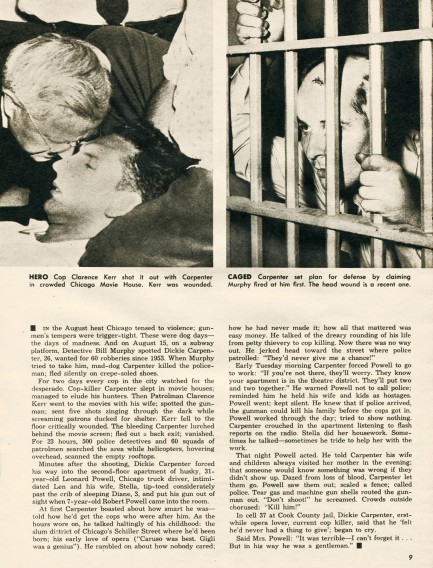



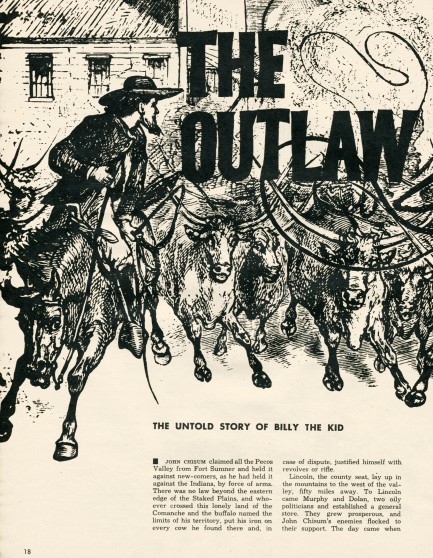
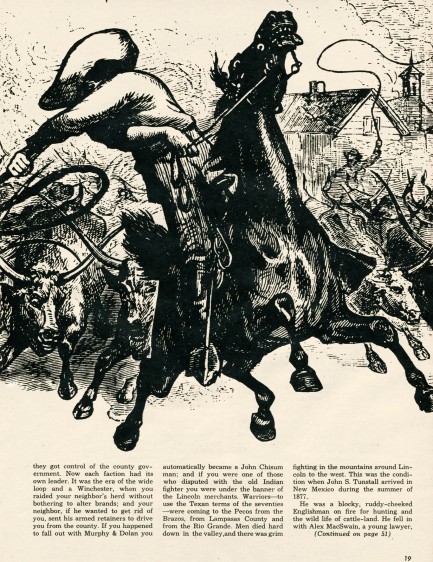
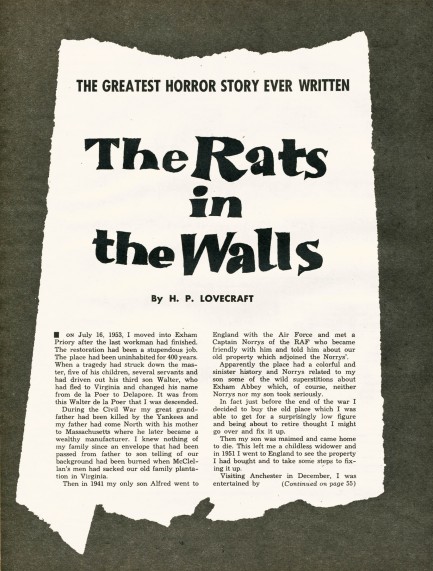
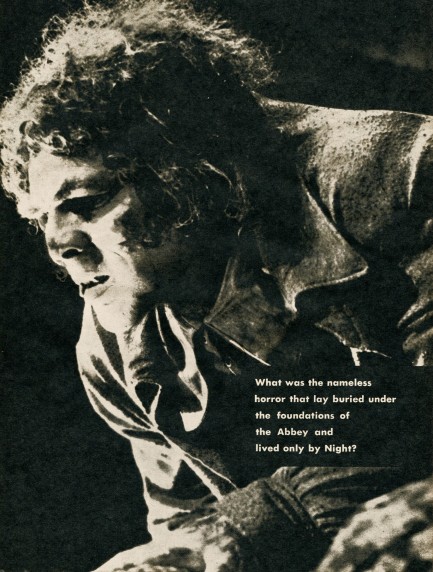
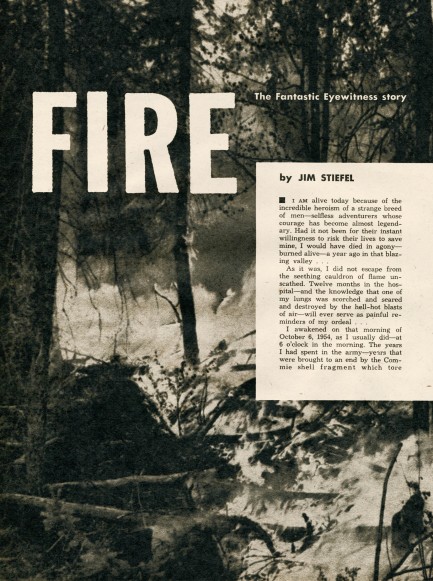
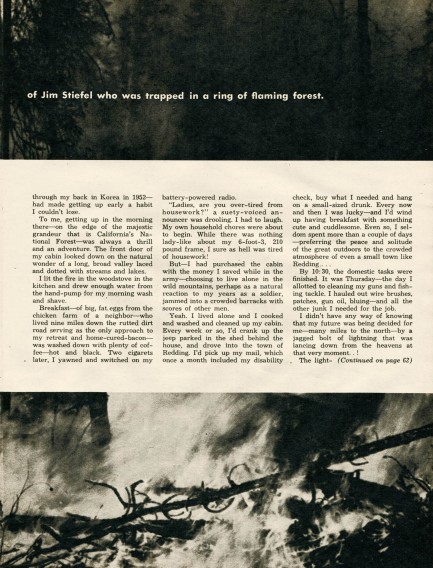

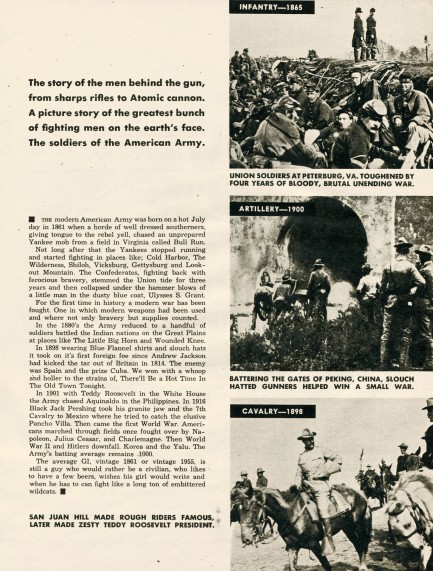


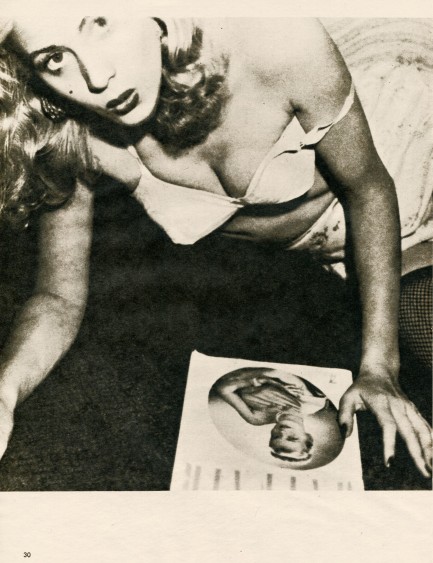
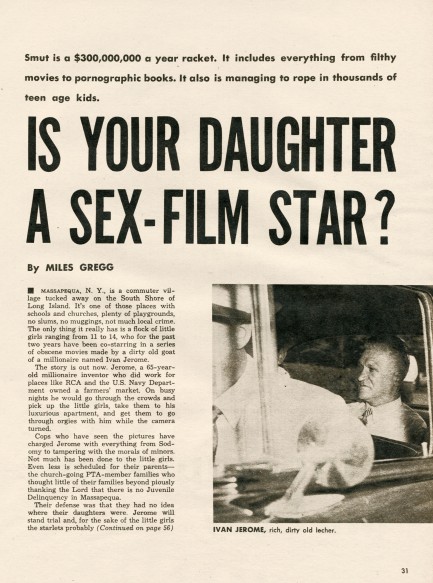




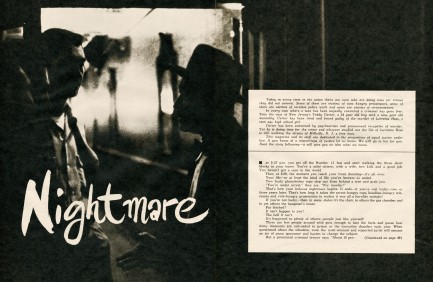
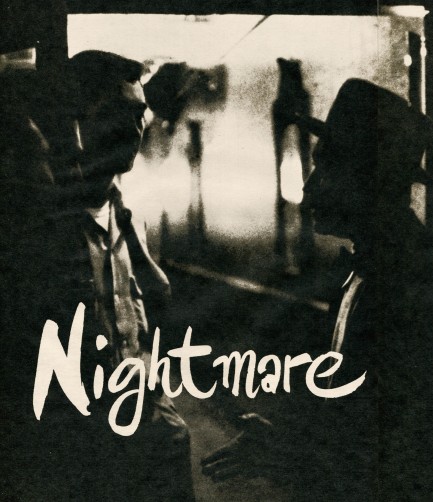
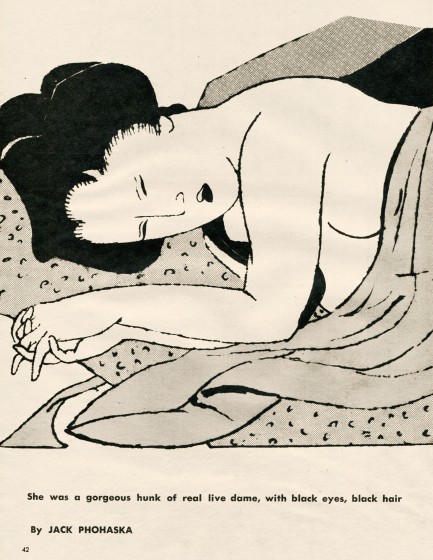
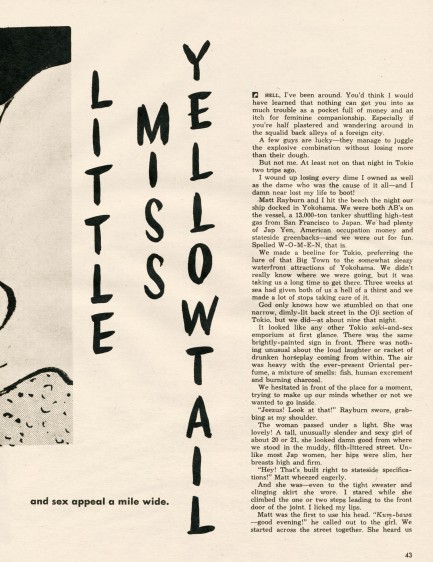
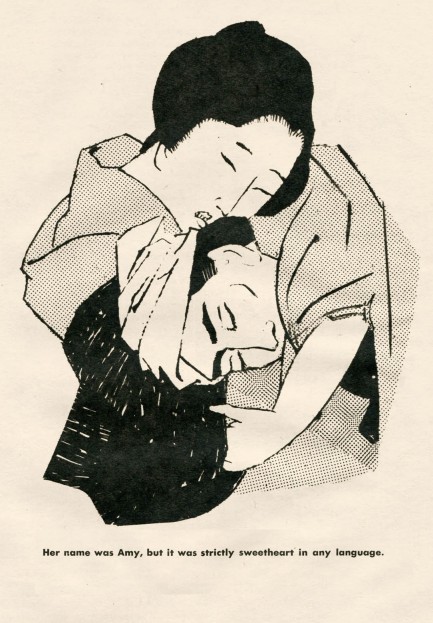



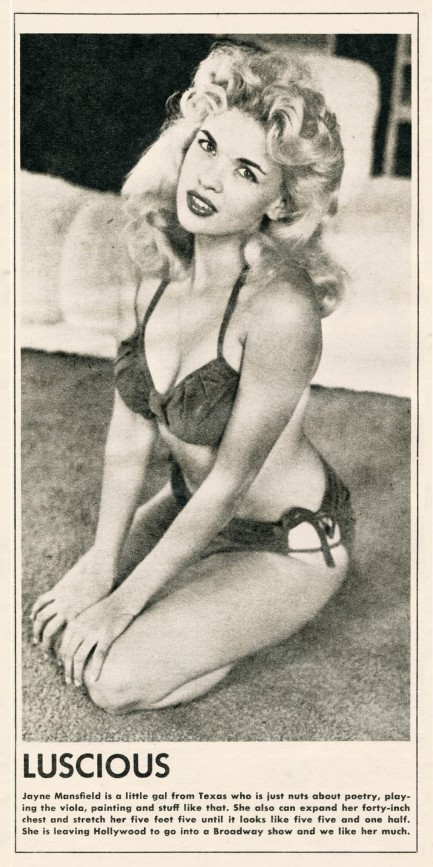
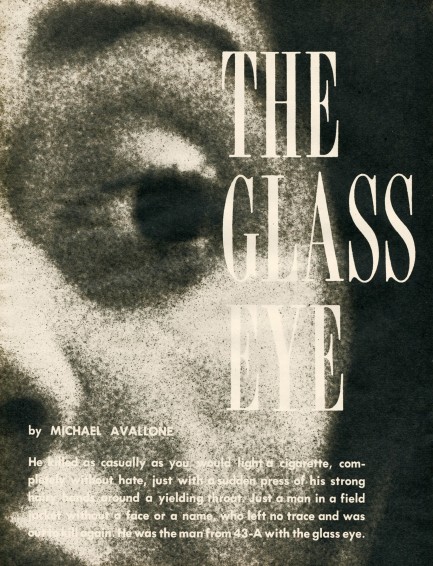

| Modern Pulp | Oct 24 2017 |

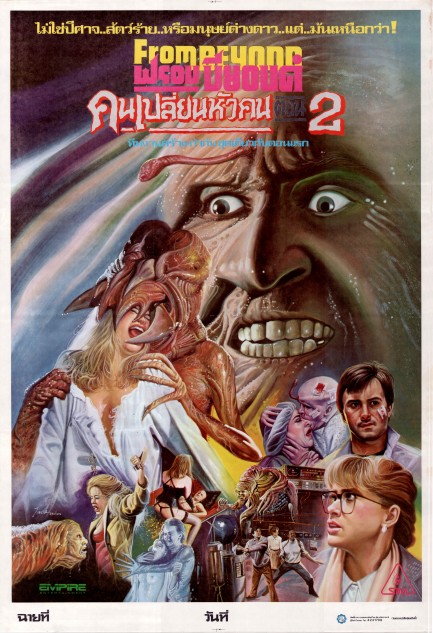
 The film starred Jeffrey Combs and Barbara Crampton, two alumni from Gordon's bravura gorefest Re-Animator, released the previous year. From Beyond doesn't push the envelope as far as the earlier film, but that doesn't mean it's bad. It just means Gordon tempered his vision a bit. In other ways the films are quite similar. Both play the naked-woman-as-victim card, which can be uncomfortable to watch, since these days such sequences are not benignly received. As always, times change.
The film starred Jeffrey Combs and Barbara Crampton, two alumni from Gordon's bravura gorefest Re-Animator, released the previous year. From Beyond doesn't push the envelope as far as the earlier film, but that doesn't mean it's bad. It just means Gordon tempered his vision a bit. In other ways the films are quite similar. Both play the naked-woman-as-victim card, which can be uncomfortable to watch, since these days such sequences are not benignly received. As always, times change.In From Beyond the nudity isn't gratuitous exactly. One of the side effects of the resonator is that it frees the id, which is why you see Crampton go from buttoned up schoolmarm to brazen dominatrix in the promo shots below. Males are similarly affected. We searched for shots of co-star Ken Foree in his banana hammock undies—one of many famous moments from the film—but came up empty, so to speak. Regardless of the cultural shift that has placed movies like From Beyond, with its depiction of sexual assault, on shaky ground in 2017, we recommend it for true horror fans. The viewing may discomfit, but the villain is after all both man and monster, which makes him/it an interesting symbol for our modern age.






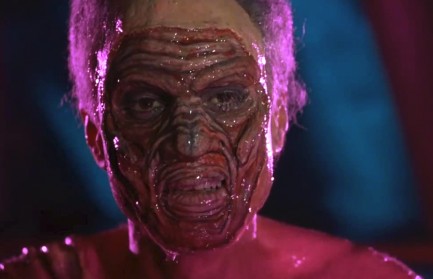
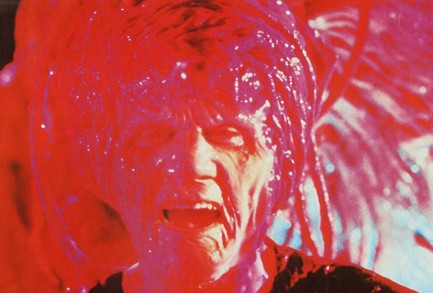
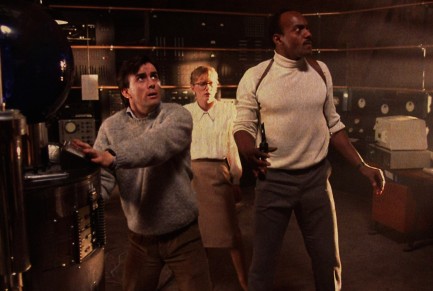
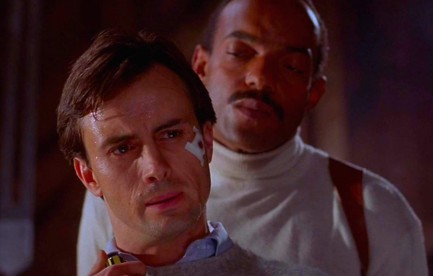
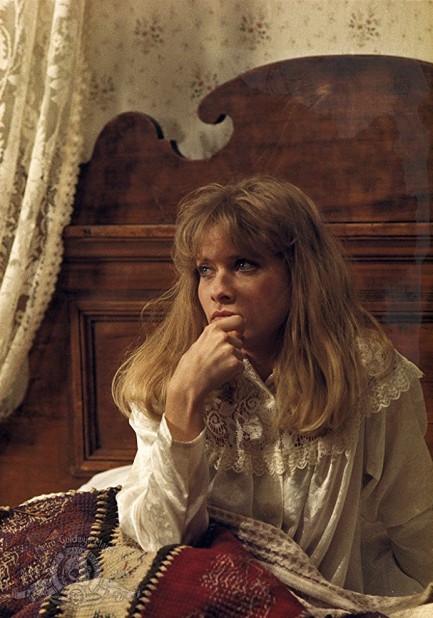










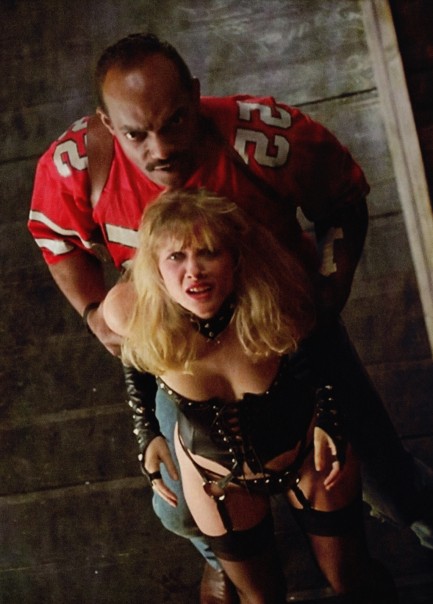


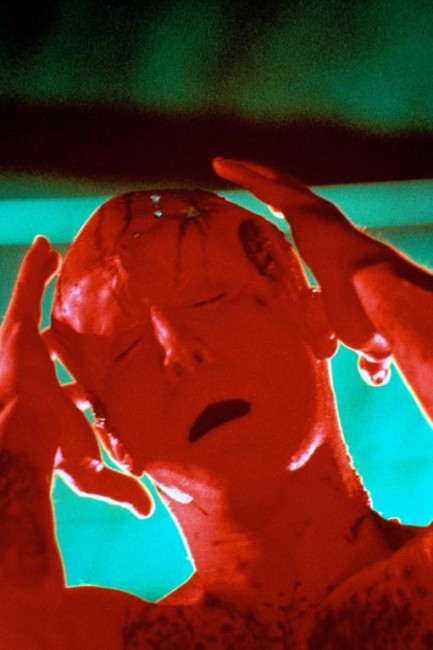
| Vintage Pulp | Nov 9 2016 |

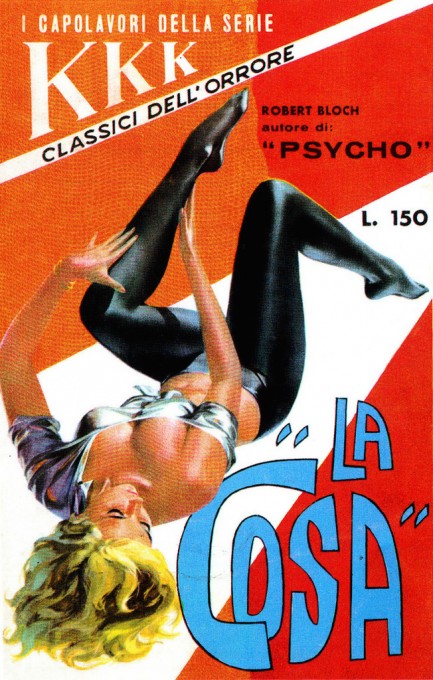
| Intl. Notebook | Mar 16 2016 |


A newly discovered manuscript written by otherworldly horror writer H.P. Lovecraft has been found in a collection of magic memorabilia in Chicago. The 31-page piece, titled "The Cancer of Superstition," is said to have been originally commissioned by Harry Houdini in 1926. Houdini died that year and the project fell by the wayside, but the typewritten pages were conserved by Houdini's widow Bess, and her manager, Edward Saint. The sheaf of pages will be auctioned April 9th, with bids starting at $13,000 and a final price estimated to reach $25,000 to $40,000—a pittance considering Lovecraft's fans will probably pay plenty to buy anything published bearing the icon's name.
This story dusted off some nice memories for us and brought a smile to our faces because—as any Call of Cthulhu geek knows—the real-life pairing of Lovecraft and Houdini is like ice cream paired with caramel sauce, or a census-taker's liver with a fine Chianti. We'd go so far as to say that any Call of Cthulhu keeper worth the title incorporates Houdini into the game eventually. In our long-running  C of C campaign—years before we had girlfriends and an inkling that there were equally sticky but much more enjoyable ways to spend a Saturday night—Houdini appeared in a session only to promptly have his head melted by an interdimensional horror.
C of C campaign—years before we had girlfriends and an inkling that there were equally sticky but much more enjoyable ways to spend a Saturday night—Houdini appeared in a session only to promptly have his head melted by an interdimensional horror.
There's some small question whether "The Cancer of Superstition" was written by Lovecraft, or if it was actually penned by fellow author C.M. Eddy and merely polished by Lovecraft, but we suspect doubts on that score will always remain. After years of doing this site and trying to track the original authors of numerous obscure novels we know some questions about the provenance of literature are destined never to be answered.
So get your bidding hats on. Since anyone out who's seriously into Lovecraft and Call of Cthulhu is a supernerd (we mean that affectionately, as former nerds ourselves), you've probably squirrelled away plenty of cash from your career in computer sciences or botany or something. Don't let the manuscript fall into the hands of some empty suit hedge fund manager from upper Manhattan. And for those of you who haven't read Lovecraft and have no idea what we're talking about, we highly recommend you give him a try if you feel like a little literary horror. Just don't read too much about Lovecraft as a person. Some of his views were even more terrifying than his stories.
| Vintage Pulp | Feb 6 2013 |

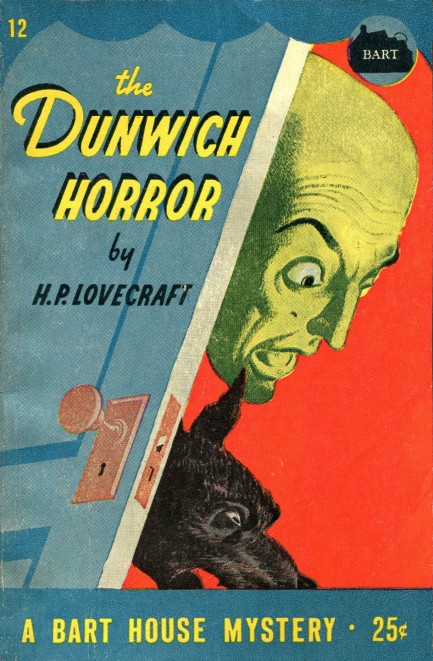
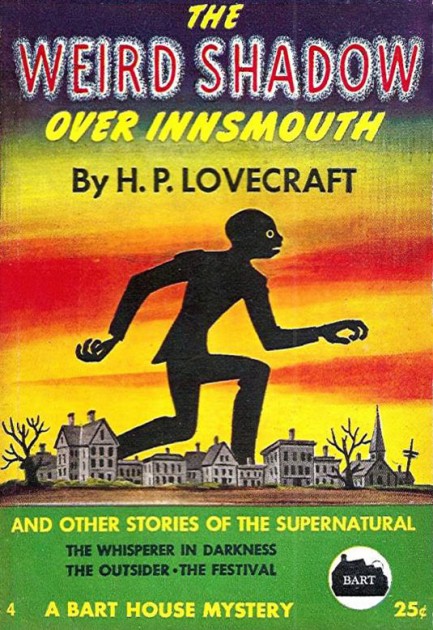
Above, two awesome covers for H.P. Lovecraft’s classic horror tales The Dunwich Horror and The Weird Shadow over Innsmouth (plus other stories), printed by Bart House, a New York City-based publisher that got its name from the structure that was its home—the Bartholomew Building on East 42nd Street. Lovecraft wrote Dunwich and Innsmouth in 1928 and 1931, but these editions appeared after his death—in 1945 and 1944 respectively. Lovecraft is an author most recognize, but surprisingly few have actually read. He’s sort of the horror version of The Godfather movies—everyone knows all about them, but it’s incredible how few have actually sat through them. If you don’t know his writing, his style can admittedly make for a difficult read. Plus there’s not much emotional payoff—his heroes generally face mind-bending horrors that simply can’t be beaten, which means you have to get used to them awaiting an inevitable death or going insane. But that’s one reason we like him more and more as time goes by—in this post-millennial era, what is more appropriate than a battle against forces too powerful to beat, too complex to comprehend, and too corrupt to look upon without losing every shred of your own goodness?
| Vintage Pulp | Jan 14 2009 |

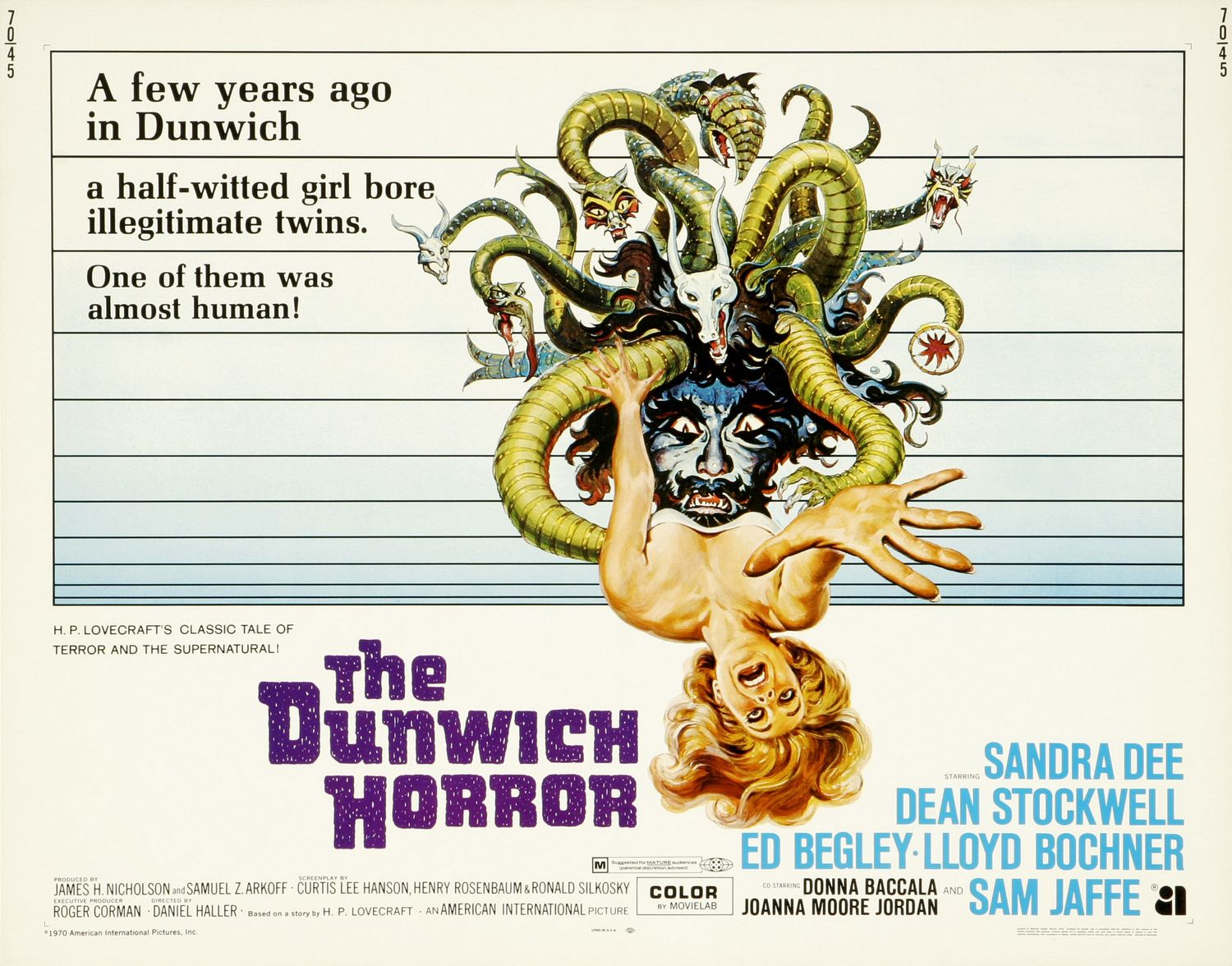
Thirty-eight years ago today in Hollywood, sexploitation producer Roger Corman premiered a film based on H.P. Lovecraft’s macabre story The Dunwich Horror, and it was almost good. Wait, did we really just say that?
*sigh*
Not to get all self-pitying here, but us Lovecraft fans have been so desperate for so long for a truly great HPL movie, we’ll see merit in virtually any lame attempt. But when we are honest with ourselves—really truly brutally honest—we have to admit this movie is a stinkbomb. Lovecraft is simply difficult to adapt. So difficult, in fact, that if you remove Stuart Gordon from the discussion, virtually all the movies based on his material have been awful.
But even if The Dunwich Horror disappoints, the poster is rather interesting, with its implied violation by a hydra-like monstrosity. Incidentally, of special note here is the presence of writer Curtis Hanson, who would go on to direct the great L.A. Confidential. Nice comeback, Curtis. As for us, we’ll just plan on seeing the low budget Dunwich remake slated for release later this year, and hope Guillermo del Toro’s big budget At The Mountains of Madness actually films sometime this century.




































































